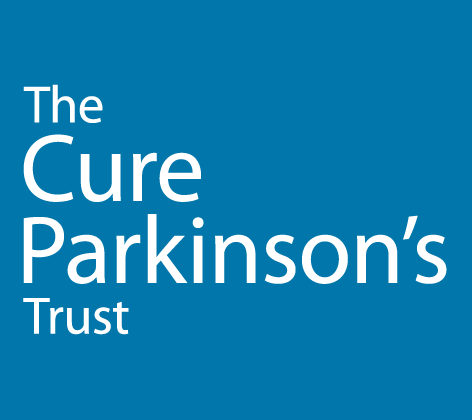The beneficial effects of a flavonoid found in honey
Original article: Chrysin protects against behavioral, cognitive and neurochemical alterations in a 6-hydroxydopamine model of Parkinson’s disease. Neurosci Lett: May 20, 2019
The takeaway
Chrysin, a flavonoid found in honey, has anti-inflammatory and antioxidant effects, and reduces the effects of neuronal damage on dopamine levels, some aspects of movement and spatial memory in mice.
Why is it important?
In the search for a cure, new drugs as well as naturally occurring substances are also currently being tested in laboratories around the world and may hold therapeutic promise.
%
IMPACT
- Novelty 60%
- Proximity 40%
- Deliverability 70%
Impact Opinion
“It is always exciting when naturally occurring compounds are found to have beneficial effects in models of Parkinson’s, but this study is just the first step in the evaluation of Chrysin. Independent replication and expansion of the results is required. It will be interesting to see whether this compound has any effect on more disease relevant models of Parkinson’s (such as those involving the buildup of alpha synuclein).”
Background
Flavonoids are naturally occurring substances found in plants, fruits and vegetables, many of which have antioxidant properties. One of these, chrysin, found in honey and bee pollen, has been shown to have additional anti-inflammatory effects, and preclinical studies have shown it can help prevent cognitive decline with ageing. These researchers asked whether chrysin could also be neuroprotective in the context of Parkinson’s.
The details
The researchers used different groups of mice in this experiment, which addressed the effects of chrysin following chemical damage to the striatum, the part of the brain that controls movement and is primarily affected in Parkinson’s.
They compared a group of mice that had received chrysin directly into the stomach for 28 days after their striatal damage (which was intended to mimic Parkinson’s) on different tasks assessing both cognition as well as biochemical measures, to a control group that didn’t receive chrysin.
Compared to the control group, the chrysin group performed better on tasks assessing spatial memory and movement. The chrysin group also had lower chemical markers in the brain associated with oxidative stress as well as inflammation. Directly relevant to Parkinson’s, the chrysin group also had higher levels of dopamine metabolites, suggesting that chrysin may have protected these neurons from further deterioration.
Next steps
These findings will require replication in different animal models of Parkinson’s, which capture the full range of the effects of the disease. An important question also concerns the issue of alpha synuclein – does chrysin protect against the effects of this protein which misfolds and accumulates to cause neuronal damage? This will ultimately show whether the effect of chrysin has true disease modifying potential in Parkinson’s.
Original article: Del Fabbro L, Rossito Goes A, Jesse CR, de Gomes MG, Cattelan Souza L, Lobo Ladd FV, Boeira SP. May 20, 2019. Chrysin protects against behavioral, cognitive and neurochemical alterations in a 6-hydroxydopamine model of Parkinson’s disease



